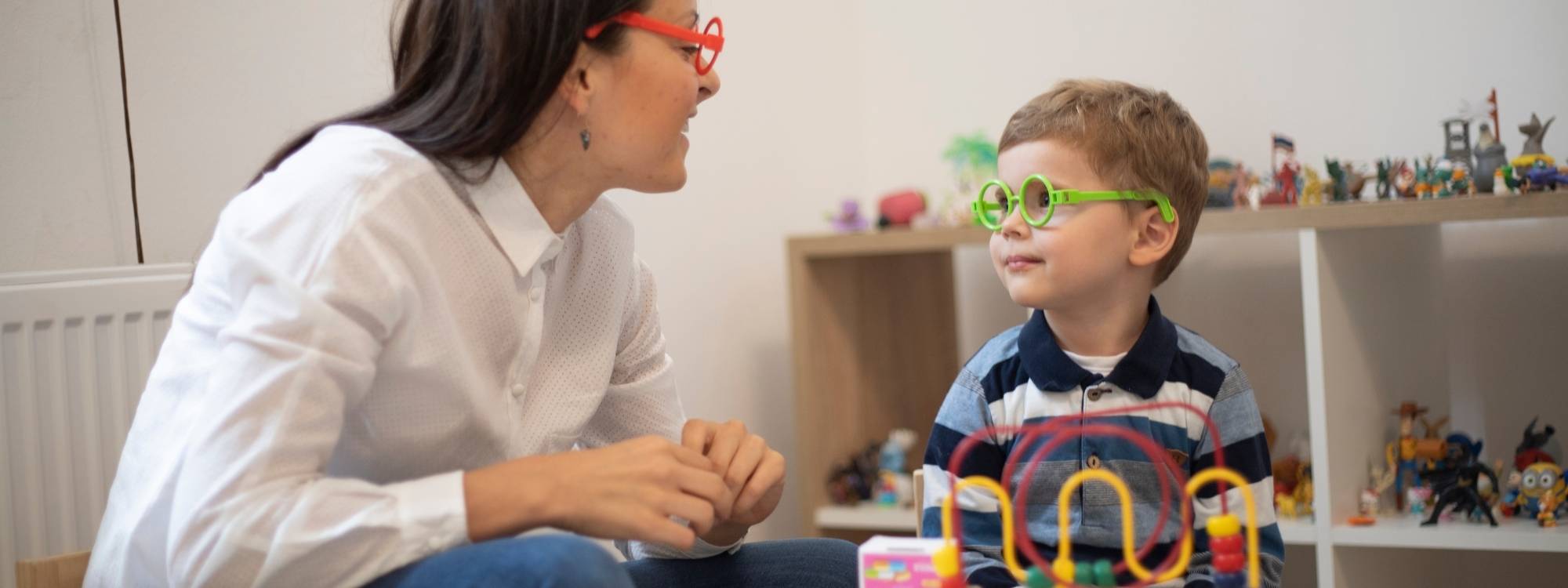RBT Exam Study Guide: Proven Strategies to Pass
If you’re preparing for the Registered Behavior Technician (RBT) exam, you probably have questions like: How hard is the RBT exam? What’s the best way to study? How long should I prepare? Don’t worry, we’ve got you covered.
This RBT exam study guide will break down everything you need to know, from understanding the exam format to the best study strategies and test-taking tips. By the end, you’ll have a clear roadmap to passing the exam on your first attempt!
Understanding the RBT Exam
What is the RBT Exam?
The RBT exam is a standardized test administered by the Behavior Analyst Certification Board (BACB). It is required for anyone pursuing an RBT certification, a role that involves working with individuals who have developmental and behavioral challenges using Applied Behavior Analysis (ABA) principles.
RBT Exam Format & Scoring
The RBT exam consists of 85 multiple-choice questions, which must be completed in 90 minutes. Questions are based on the RBT Task List, covering four key areas:
| Section | % of Exam | Key Topics Covered |
|---|---|---|
| Measurement | 25% | Data collection, graphing |
| Assessment | 25% | Functional behavior assessment |
| Intervention | 50% | Skill acquisition & behavior reduction |
To pass, you must score at least 80%. The exam is computer-based and administered at Pearson VUE test centers.
Is the RBT Exam Hard?
The difficulty of the RBT exam depends on your preparation. While it is not as complex as BCBA exams, many test-takers fail due to inadequate studying. The biggest challenges include:
Understanding technical ABA terminology, applying behavior reduction principles, and answering scenario-based questions correctly. With a structured study plan and the right resources, you can increase your chances of passing on the first try.
How to Study for the RBT Exam
Step-by-Step Study Timeline
Your study approach depends on how much time you have before your exam. Below is a recommended study schedule:
| Study Plan | Ideal For | Daily Study Hours | Study Duration |
|---|---|---|---|
| 2-Week Plan | Fast learners, prior ABA experience | 4-5 hrs | 14 days |
| 4-Week Plan | Moderate pace, working professionals | 2-3 hrs | 30 days |
| 8-Week Plan | Beginners, in-depth learning | 1-2 hrs | 60 days |
Best Study Materials for the RBT Exam
Some of the best study materials include the official RBT Task List available for free on the BACB website, textbooks such as “Applied Behavior Analysis” by Cooper et al., online courses from Behavior University and Autism Partnership Foundation, as well as free practice tests and flashcards available and Quizlet.
Avoid These Common Study Mistakes
Relying only on passive reading, skipping competency-based skills, and cramming at the last minute are common mistakes that should be avoided. Consistent review and practice are essential for success.
How to Prepare for the RBT Competency Assessment
What is the RBT Competency Assessment?
The competency assessment is a hands-on evaluation conducted by a BCBA. It is required before taking the RBT exam. This assessment ensures you can apply ABA principles in real-world situations.
Competency Assessment Checklist
Candidates should be prepared to demonstrate data collection and measurement methods, implementing behavior reduction plans, ethical and professional conduct, and client interaction and reinforcement strategies.
Best Ways to Practice for the Assessment
Shadowing experienced RBTs to see real-life applications, practicing mock competency tasks with a mentor, and recording yourself performing ABA techniques for self-review can be effective preparation strategies.
RBT Exam Test-Taking Strategies
Time Management Tips
Answering easy questions first and returning to harder ones later, using the flagging option for tricky questions, and spending no more than 1.2 minutes per question can help manage time effectively during the exam.
How to Approach Multiple-Choice Questions
Reading all answer choices carefully, eliminating incorrect answers, and looking for keywords in the question that match ABA principles can improve accuracy in answering questions.
What to Do the Night Before the Exam
The night before the exam should be spent reviewing key terms and flashcards, doing a light review of 10-15 practice questions, and ensuring proper rest and hydration.
Common Mistakes to Avoid During the RBT Exam
Many test-takers make avoidable mistakes during the RBT exam that can affect their scores. These include misreading questions, overanalyzing simple concepts, neglecting to manage their time effectively, and second-guessing correct answers. To avoid these pitfalls, ensure that you read each question carefully, trust your preparation, and pace yourself throughout the exam.
Career Opportunities After Passing the RBT Exam
Becoming a certified RBT opens doors to a variety of opportunities in the field of Applied Behavior Analysis. RBTs work in settings such as schools, therapy clinics, hospitals, and in-home services, providing critical support to individuals with autism and other developmental disabilities. Many RBTs go on to further their careers by becoming Board Certified Behavior Analysts (BCBAs) or pursuing other advanced positions in behavioral therapy.
How to Stay Certified and Maintain Your RBT Credential
Once certified, RBTs must meet ongoing requirements to maintain their credentials. This includes adhering to the BACB’s ethical guidelines, completing renewal applications annually, and receiving regular supervision from a BCBA. Staying up to date with professional development and training ensures that RBTs continue to provide effective support in their field.
Conclusion: RBT Exam Study Guide
The RBT exam requires structured studying, hands-on practice, and strong test-taking strategies. Choosing a study plan based on available time and focusing on understanding ABA principles rather than just memorization can significantly enhance preparation and performance.
Are you ready to ace your RBT exam? Start your preparation today by implementing the strategies outlined in this guide. If you need additional guidance or want to learn more about ABA therapy, visit Champions ABA for expert insights and support.
FAQs: RBT Exam Study Guide
What are the best ways to support a child with autism?
Supporting a child with autism involves a combination of structured education, home routines, and community engagement. Creating a predictable environment, using visual schedules, and encouraging positive reinforcement can help children feel secure. Additionally, seeking professional guidance and participating in support groups can provide valuable insights for parents and caregivers.
How can I help my child with autism develop social skills?
Developing social skills takes time and patience. Encouraging structured playdates, enrolling in social skills groups, and using role-playing exercises can help children learn appropriate social behaviors. Reinforcing positive interactions and teaching turn-taking in conversations can also improve social engagement over time.
What types of therapies are most effective for children with autism?
Evidence-based therapies such as Applied Behavior Analysis (ABA), speech and language therapy, and occupational therapy are commonly recommended for children with autism. These therapies target different developmental areas, including communication, behavior regulation, and sensory processing. Working closely with professionals can help tailor a therapy plan that suits the child’s unique needs.
How can parents manage challenging behaviors in children with autism?
Managing challenging behaviors requires patience and consistency. Identifying triggers, maintaining a structured routine, and using positive reinforcement can help minimize behavioral issues. Seeking support from therapists or behavior specialists can also provide effective strategies tailored to the child’s specific needs.


